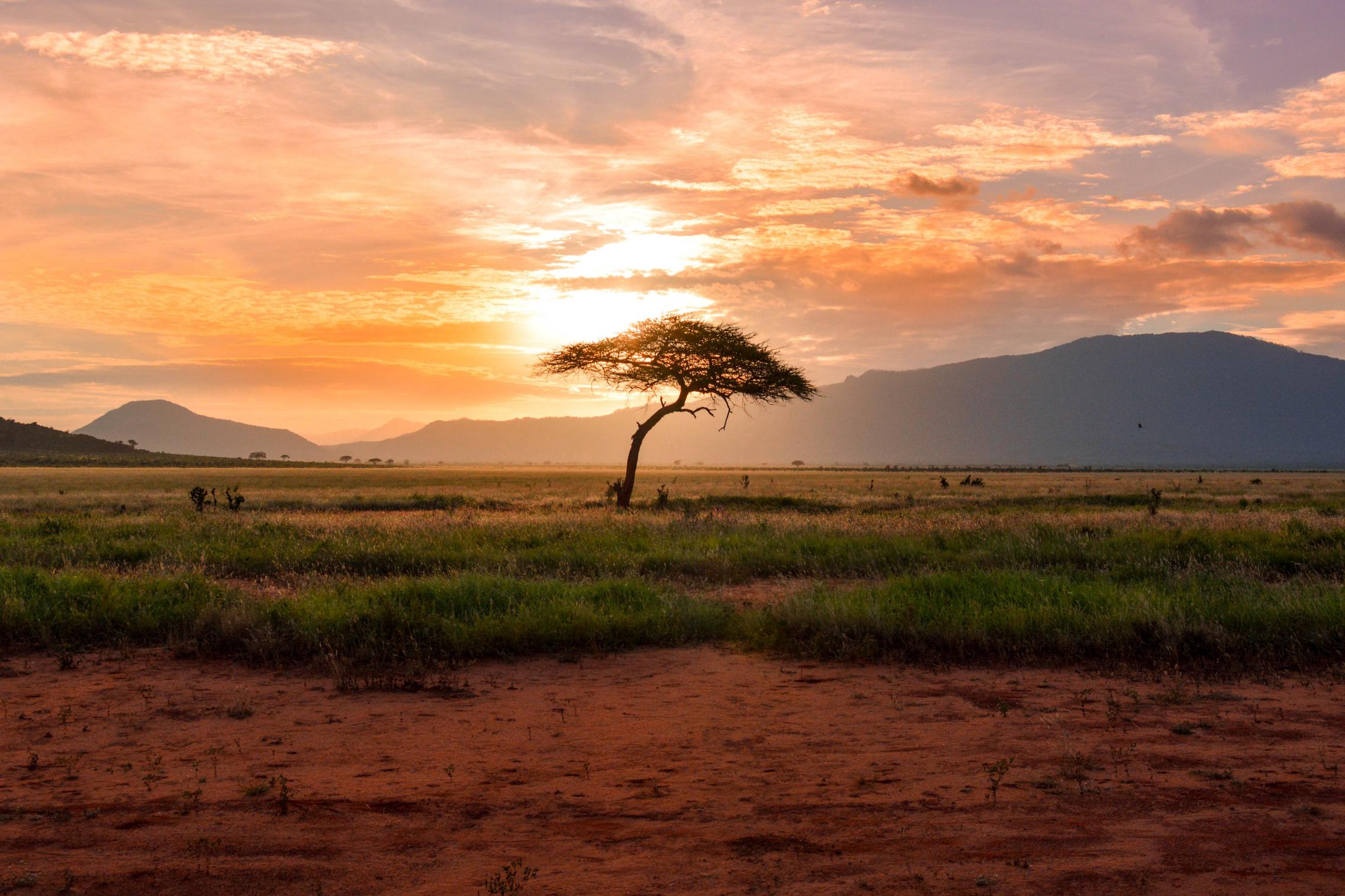Australia in the African Century

Last month’s inaugural ‘Quad’ – Australia, India, Japan and USA – leaders’ call drew attention to Australia’s Indo-Pacific strategic re-positioning. The “Indo” of that debate has so far focused mainly on ties with Indian Ocean majors - Indonesia and India.
Lack of almost any debate on Australia’s ties with Indian Ocean Africa may be short-sighted for three reasons relating to demographics, economics and politics.
The demographic imperative
By 2050 Africa’s population is forecast to double, to 2.5bn. This would make it the demographic equivalent of China and India combined. For historical context, mid-last century, Europe’s population of 550mn was roughly double Africa’s, then 229mn. Today Australia is focused on a proximate demographic imperative – China, India and Indonesia. Early investment, tangible and intangible, in tomorrow’s demographic imperative will pay dividends in decades to come.
Economics
Figure 2 in the linked paper presents the African map by three economic geography typologies: resource-rich; resource-poor and landlocked; and resource-poor and coastal. The concentration of coastal and resource-poor states in East Africa is important: over years 1960-2000 regions that enjoyed sustained industrialization were typically home to successful coastal resource-poor industrialisers. Absent the political economy challenges that abundant resources can generate, and the presence of a trade port also helped these frontier regional developers to unlock greater trade-related economic opportunity for landlocked economies, and helped stabilise resource-rich countries too.
Africa’s coastal resource-poor economies are relatively far from international markets and home to smaller populations than earlier such successful industrialisers. On the other hand, those in East Africa in particular, also share borders with countries that are important suppliers of contemporary renewables-related minerals such as copper, including Zambia and Congo DRC.
Pandemic shocks aside, East Africa’s coastal economies are play an important role in African development. They are also urbanizing rapidly, with Dar es Salaam expected to become home to some 15 million residents by mid-century. This helps to explain China’s East Africa focus for its Belt and Road policy in Africa. In addition, Kenya is a global frontier in e-commerce; while island Indian Ocean economies Mauritius and the Seychelles are Africa’s first two economies to enter the high-income per capita group. In other words, the opportunity for Australia, in terms of foreign investment and services trade especially, and competition risks in parallel, are emerging quickly.
Diplomacy
Not only are most Indian Ocean countries members of the Commonwealth, Mauritius hosts the Indian Ocean Rim Association (IORA) headquarters. All Indian Ocean Rim countries except Myanmar and Pakistan are IORA members, alongside France. Kenya, is an important sub-regional hub, hosting the global headquarters of the United Nations Environment Program (UNEP), numerous international NGOs and regional representation such as media and business using Nairobi as a hub. Neighbouring Tanzania is the only member of the East African Community (and home to its headquarters) and the Southern African Development Community. The nation’s largest city, Dar es Salaam, recently freed from serving as the country’s capital, may yet emerge as a vibrant services and residential metropolis this century. Both countries and Mozambique also host important sub-regional ports, with a new deep-water port opening in Kenya’s Lamu this year.
With the exception of South Africa, Australia’s ties with African countries bordering the Indian Ocean Rim remain nascent. The 2018 Memorandum of Understanding agreed between the Government of Western Australia and the Common Market for East and Southern Africa (COMESA) in the fields of mineral and petroleum resource, agriculture, vocational training and capacity building points, however, to ties advancing in light of common ground and future potential. Since 2014 Australia’s signature regional foreign policy initiative has been the New Colombo Plan, which fosters young Australians’ participation in university exchanges and early career work placements across the region. Adding selective Indian Ocean African destinations to Australis’s New Colombo Plan - Zanzibar to study Kiswahili; Mauritius to study law; Nairobi to study fintech entrepreneurship; or Tanzania to study agricultural sciences – may also be worthy investments in Australia’s 21st century economics and diplomacy.
Regardless of Australia-China relations or the merits and durability of the Quad Africa’s demographic, economic and political weight is likely to grow. Uniquely placed in the Indian Ocean and as a high-income southern hemisphere economy, Australia has a chance to gain from, and contribute to, the development and prosperity of sub-regional African economies. By the 2030s Africa could form a newly significant foreign student market, as well as a burgeoning opportunity for Australia’s services, agri-business and mining sectors, at least. Deeper African and Australian cooperation in snake-bite management may also help to save lives, given the high number of deaths annually across the continent.
Australia, meantime, can also expect increasing export competition from African nations. Indian Ocean economies are already finding new opportunity in providing China alternatives to Australia’s wine and beyond. The other way, Australian companies may yet also demonstrate their competitiveness to African countries as a source of foreign investor and trade competition too.
A newly dexterous global middle-power Southern Hemisphere diplomacy is called for. The African Indian Ocean Rim may be one place to start.
Dr Lauren A. Johnston is Research Associate at SOAS China Institute, Visiting Senior Lecturer, Adelaide University Institute of International Trade and Founding Director, New South Economics
The views expressed here are the author’s alone, and do not represent the views of the Institute for International Trade.
Photo by Damian Patkowski
This work is licensed under Commons Attribution-NonCommercial-NoDerivatives 4.0 International License.
IIT is a global leader in researching, analysing and commenting on International Trade.
Stay informed about our up-and-coming seminars, events, publications, awards, new projects and collaborations, and other exciting news.
